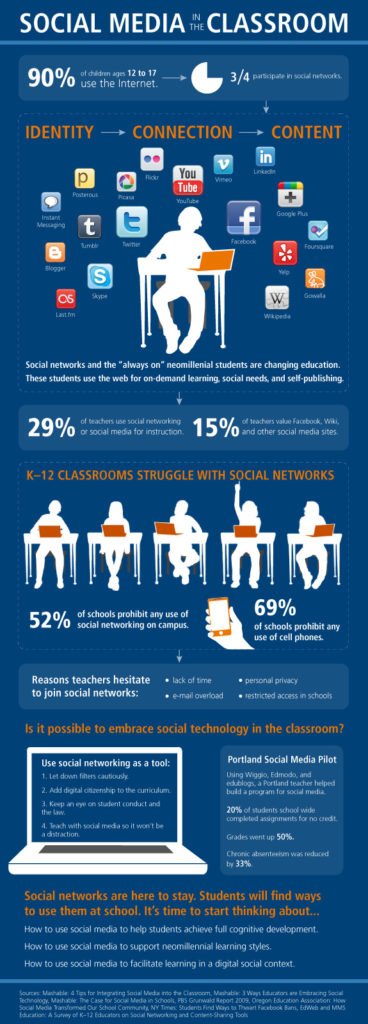Our students are growing up in an intensely stimulating time. As technology races forward many of our habits are changing but are our teaching practices? As an instructional architect I place a high value on “slow thinking” but are we exploring the power of what we call “digital thinking” to engage students in thinking critically and innovatively?
To be clear, digital thinking does not equate with technology. While it is true that many technology tools can extend, amplify and leverage digital thinking what we’re really talking about are processes like:
- constant exploration of resources
- cognitively mapping out and predicting combinations and their possibilities
- building and sustaining of networks as resources
- connecting a variety of tools to solve problems innovatively
While many of our students lean toward being digital natives they often don’t know how to harness their thinking in productive and powerful ways. What if we approach it from the perspective of using social media giants like Facebook, Twitter, Google+, and Pinterest that goes beyond simple posting of photos or daily activities? Networks like these offer an engaging and tremendous wealth of resources to explore with collaborative thinking and mashups of possibilities that lead to innovative designs. Yes, there are pitfalls and dangers of far-reaching connections and managing them is an important part of digital citizenship as students learn to evaluate and make good choices.
Can we borrow elements of these social media outlets for use in our classroom, school and community? How can we connect with people, tools and resources to enhance and refine our work? Does our learning have to occur inside the time constraints of each class or can it be asynchronous and always on? Are there intrinsic rewards for receiving feedback on thinking similar to getting a “like” or a comment on a post or Tweet?
Finding a balance between slower/deeper thinking and a more frenetic digital thinking takes practice but I would argue that students who learn how and when to do both will be better prepared as self-evolving learners. These kinds of thinkers will be able to quickly and efficiently identify, find and comprehend necessary content but also apply it in ways that will solve the big and ill-defined problems that society faces. While content and standards may be what gets tested by accountability measures, preparing students for college and career success often takes more. I encourage you to engage your students in a digital thinking that pushes them to be more resourceful as they tackle or hurdle their obstacles.

